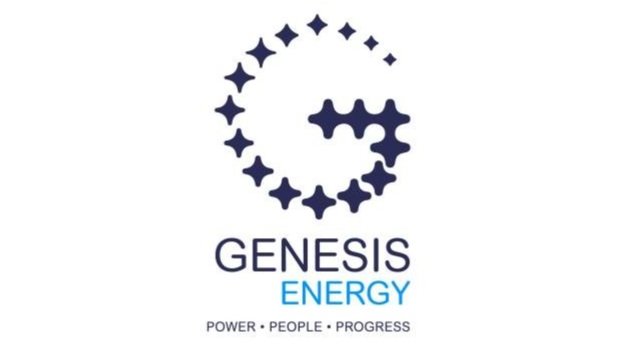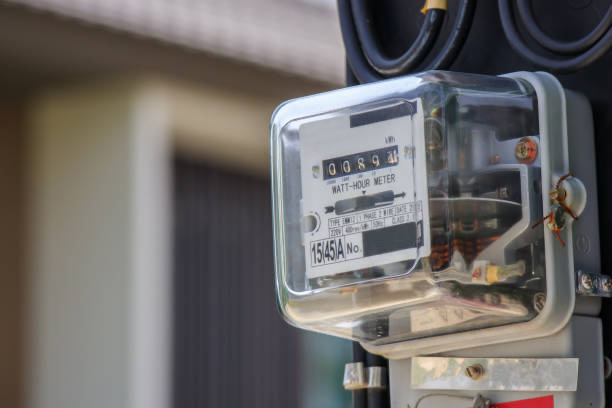Place your adverts here on InfoDig @ low rates; banner ads, sponsored links and guest articles etc. Contact us
It comes amid a period of heightened solar activity, with more than 40 X-class solar flares recorded in 2024, much higher than in the previous nine years

South Africa is battening down the hatches as a massive geomagnetic storm, triggered by a coronal mass ejection (CME) on October 9th, barrels towards Earth. The country’s space office (SANSA) warned about potential disruptions, including interference with satellite comms, GPS systems, and power grids.
This event is part of an uptick in solar activity as the Sun approaches its 11-year solar maximum expected to peak in July 2025.
“The Sun has been very active over the past two weeks with two significant solar flares observed on Wednesday, 9 October 2024 — an X1.8 flare from sunspot AR3848 and an X1.4 flare from sunspot AR3843,” the agency said.
The X1.8 solar flare is one of two major flares from sunspots AR3848 and AR3843, which produced intense geomagnetic conditions. SANSA had issued warnings about the CME's potential effects after similar warnings the previous week, when a G3 geomagnetic storm caused disturbances.
This natural occurrence is part of a global event that's already impacted several countries. Intensifying over the weekend, industries relying on satellite services and high-frequency communications expect disruptions.
Globally, the effects have been widespread. In parts of North America, airports have reported temporary issues with air traffic control systems, leading to minor flight delays. In Europe, satellite operators experienced comms blackouts. At the same time, some power grids in northern regions are on high alert for the risk of voltage instability.
Radio operators have also been caught in the encroachment. High-frequency signals, crucial for transatlantic communication, were temporarily disrupted. The cascading effects put on show the vulnerability of modern infrastructure to solar activity.
The South African Space Agency confirms the storm has begun affecting GPS systems, mostly those used in aviation and maritime. These disruptions could ripple onto industries reliant on precision timing, such as telecoms and financial services.
The country’s newly revived power grid remains stable, but Eskom, the beleaguered national electricity provider, closely monitors the situation. State utility stresses it is prepped for voltage fluctuations, though it has not yet reported any.
One of the most visible effects could be the appearance of the Southern Lights, or Aurora Australis. They typically only appear in polar regions, but strong solar activity can push them up north. Speculation is, parts of South Africa might catch a glimpse, depending on the strength and local weather conditions. While auroras are rare in these latitudes, the possibility has sparked pep among skywatchers.
SANSA warns satellite navigation systems, such as GPS, could experience signal degradation over the weekend. This would affect industries banking on accurate positioning data, including transportation, agriculture, and logistics. For example, trucking companies using GPS to optimize routes may face challenges maintaining efficiency, while farmers depending on satellite-guided equipment might need to resort to manual means.
Other parts of the world have already felt the impact; it’s the far-reaching results of such space weather events. In the United States, the Federal Aviation Administration (FAA) issued advisories to pilots, particularly those flying over the polar regions, where radiation levels are highest. Similarly, European satellite operators adjust the orbits of their spacecraft to minimize collisions due to atmospheric changes caused by increased solar energy.
South Africa is no stranger to these effects of solar activity, as SANSA has been monitoring space weather for years. Yet the event reminds of the need for preparedness in the face of frequency. With the world becoming more reliant on satellite technology and high-frequency communication systems, the potential for disruptions is greater than ever.
As the solar storm develops, SANSA provides regular updates, working closely with international space/weather organizations to track the progression and assess its potential local impact. The worst storm is expected to pass early next week, but the effects could linger for several days.
In the meantime, South Africa remains on alert; businesses and individuals bracing for possible disruptions. For now, eyes are on the skies as locals wait to see how the storm will unwrap in the coming days.








)




 English (US) ·
English (US) ·